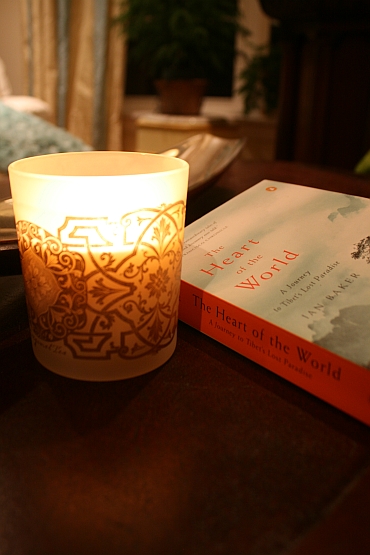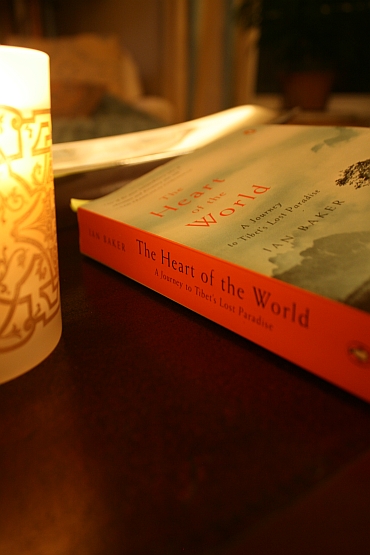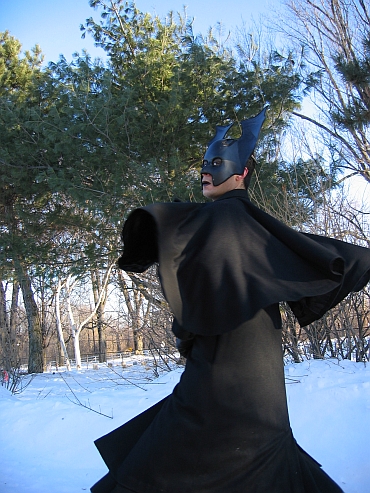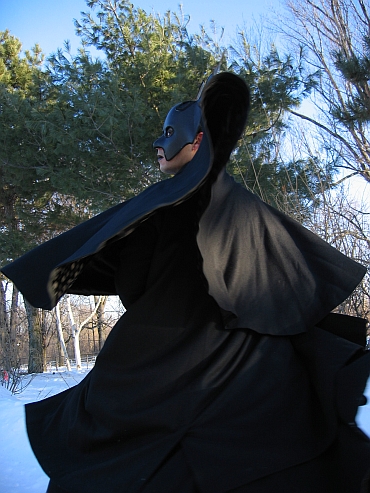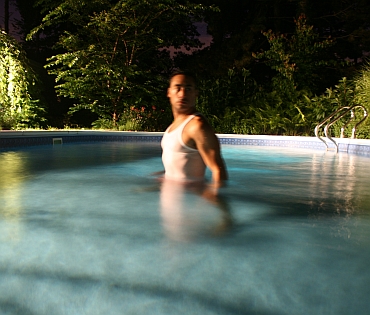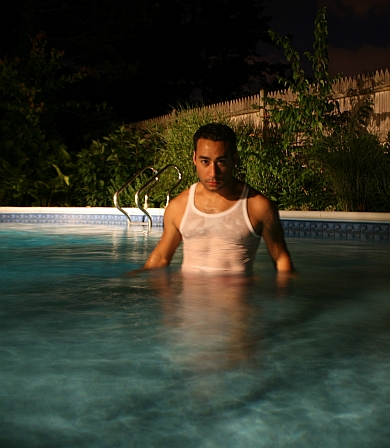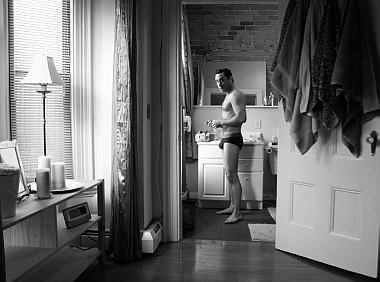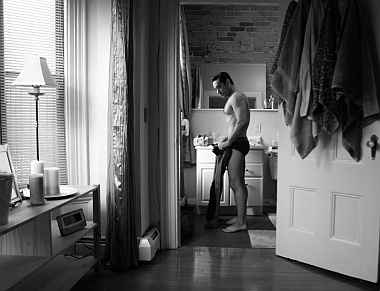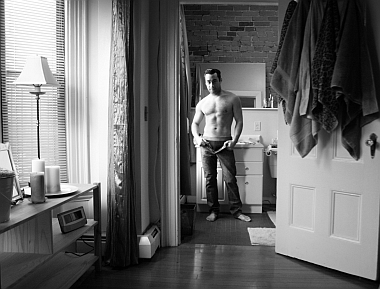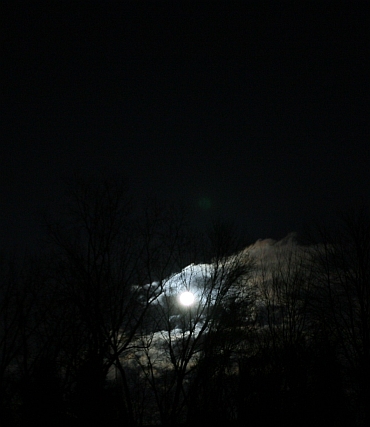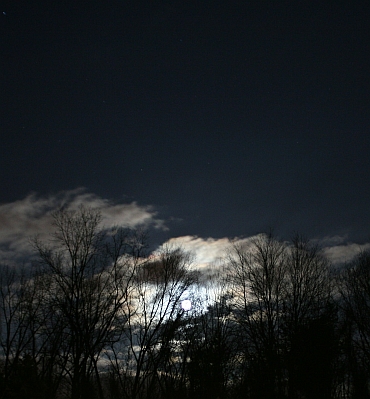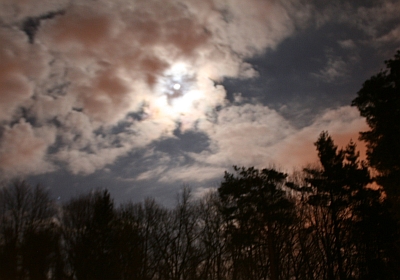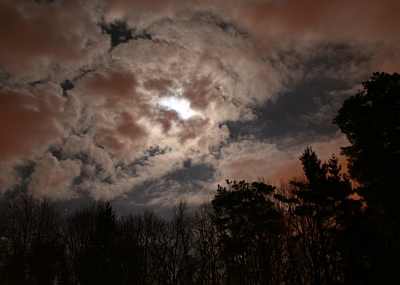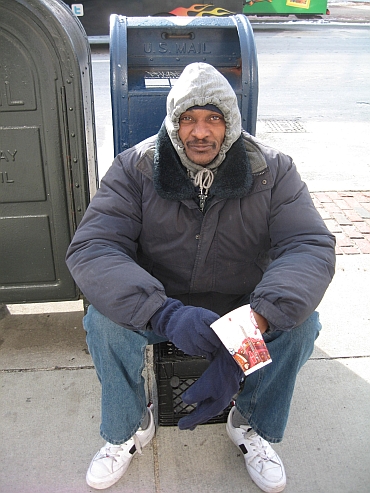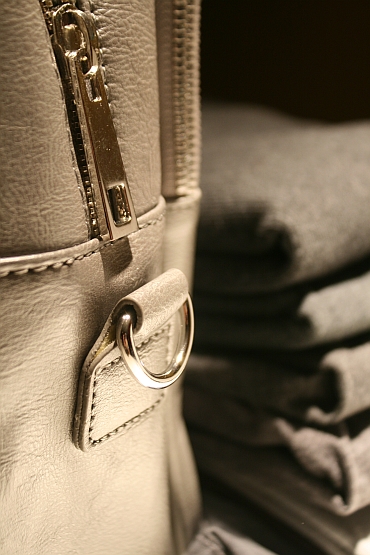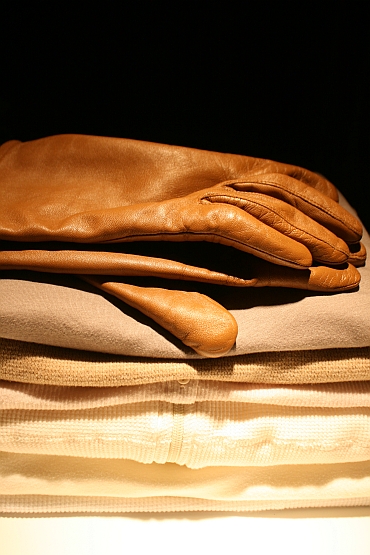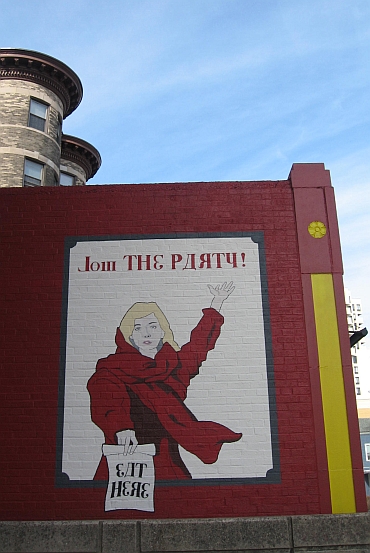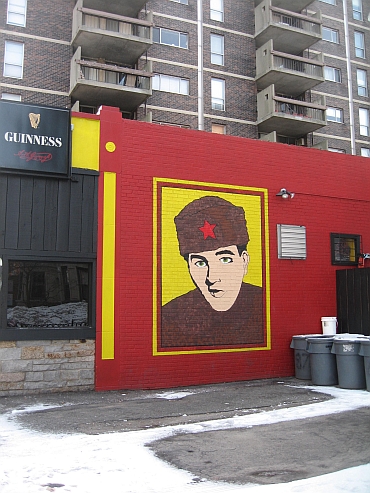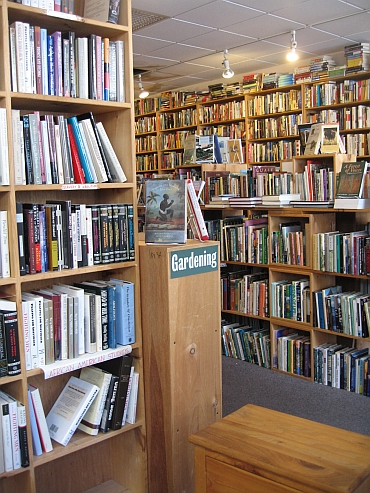{Note: The Madonna Timeline is an ongoing feature, where I put the iPod on shuffle, and write a little anecdote on whatever was going on in my life when that Madonna song was released and/or came to prominence in my mind.}
Don’t tell me to stop,
Tell the rain not to drop,
Tell the wind not to blow
Cause you said so…
Tell the sun not to shine,
Not to get up this time, no, no,
Let it all by the way,
But don’t leave me where I lay down.
This takes me back to the end of 2000 and the start of 2001. Madonna, and the hoe-down country image of the Music era, had almost turned me onto country cowboy duds – I distinctly recall trying desperately to find a fitted plaid cowboy shirt, distressed jeans, and, gasp, cowboy boots (even if the lady herself once proclaimed she would never go out with guys who wear them).
Tell me love isn’t true
It’s just something that we do
Tell me everything I’m not but
Please don’t tell me to stop.
Tell the leaves not to turn
But don’t ever tell me I’ll learn, no, no,
Take the black off a crow,
But don’t tell me I have to go…
The video for ‘Don’t Tell Me’, directed by Jean Baptiste Mondino (who also did the far more brilliant ‘Open Your Heart’ and ‘Justify My Love’), is a passable bit of start-stop studio magic, notable for Madonna’s whole-hearted embrace of the country look and a bit of line-dancing that she was about to take on the road for her Drowned World Tour later that year. As for the song, it melds the techno-blips and dry vocal style of the Mirwais years with a vaguely country-ish tune written by Madonna’s own brother-in-law Joe Henry.
It’s both puzzling and fitting that this song was written by someone other than Madonna herself; it seems tailor-made for her in the message department, but the abstract lyrics are almost a bit too obtuse for her usual pop poetry. Still, she makes it her own (and almost unrecognizable from its original incarnation as ‘Stop’ performed by Mr. Henry himself).
Tell the bed not to lay
Like an open mouth of a grave,
Not to stare up at me
Like a calf down on its knees.
Tell me love isn’t true
It’s just something that we do
Tell me everything I’m not but
Please don’t tell me to stop.
Tell the leaves not to turn
But don’t ever tell me I’ll learn, no, no,
Take the black off a crow,
But don’t tell me I have to go…
It’s a sweetly-stubborn refusal to never stop loving someone, a gentle but determined statement of affection even in the face of rejection – both romantically and in a broader sense. Featuring her tell-tale trademark defiance, a hallmark of any pop performer who manages to last beyond what was then almost two decades, it was, and remains, a shining moment from the ‘Music’ era.
In addition, ‘Don’t Tell Me’, and Madonna’s performance of it on the David Letterman show, marked her first moment of public guitar playing. Her skills on the instrument grew quickly after that first shaky song, but kudos to her for being brave enough to do it.

